
Ingombota: The Vibrant Heart of Luanda
Discover Ingombota, the vibrant heart of Luanda, where history, culture, and modernity come together to offer an unforgettable travel experience.
Nestled in the bustling city of Luanda, Ingombota stands out as a must-visit destination for tourists. This vibrant neighbourhood is a blend of modernity and tradition, offering a unique glimpse into Angolan culture and city life. From its historical landmarks to its contemporary attractions, Ingombota is a place where the past and present harmoniously coexist. A visit to Ingombota would be incomplete without exploring its rich history. The area is home to several colonial-era buildings that tell the story of Angola's past. Among these, the São Miguel Fortress and the National Museum of Anthropology are notable highlights. These sites provide a window into the colonial history and the cultural heritage of Angola. Ingombota is also a hub for modern-day activities. The neighbourhood boasts a myriad of restaurants, cafes, and bars where visitors can savor local delicacies and enjoy the vibrant nightlife. The bustling markets and shopping centers offer a variety of local crafts and souvenirs, making it an ideal spot for some retail therapy. For those seeking relaxation, the nearby Marginal promenade offers stunning views of the Atlantic Ocean, perfect for a leisurely stroll. The neighbourhood's central location makes it a convenient base for exploring the rest of Luanda. With its lively atmosphere, historical richness, and modern amenities, Ingombota promises an unforgettable experience for every traveler.
Local tips in Ingombota
- Visit the São Miguel Fortress early in the morning to avoid crowds and enjoy cooler temperatures.
- Try the local dish 'Muamba de Galinha' at one of the traditional restaurants in the area.
- Carry cash as some local markets and smaller establishments may not accept credit cards.
- Use bottled water and stay hydrated, especially if exploring the area during the hotter months.
- Dress modestly when visiting religious and cultural sites to respect local customs.
Ingombota: The Vibrant Heart of Luanda
Nestled in the bustling city of Luanda, Ingombota stands out as a must-visit destination for tourists. This vibrant neighbourhood is a blend of modernity and tradition, offering a unique glimpse into Angolan culture and city life. From its historical landmarks to its contemporary attractions, Ingombota is a place where the past and present harmoniously coexist. A visit to Ingombota would be incomplete without exploring its rich history. The area is home to several colonial-era buildings that tell the story of Angola's past. Among these, the São Miguel Fortress and the National Museum of Anthropology are notable highlights. These sites provide a window into the colonial history and the cultural heritage of Angola. Ingombota is also a hub for modern-day activities. The neighbourhood boasts a myriad of restaurants, cafes, and bars where visitors can savor local delicacies and enjoy the vibrant nightlife. The bustling markets and shopping centers offer a variety of local crafts and souvenirs, making it an ideal spot for some retail therapy. For those seeking relaxation, the nearby Marginal promenade offers stunning views of the Atlantic Ocean, perfect for a leisurely stroll. The neighbourhood's central location makes it a convenient base for exploring the rest of Luanda. With its lively atmosphere, historical richness, and modern amenities, Ingombota promises an unforgettable experience for every traveler.
Iconic landmarks you can’t miss
Fortaleza de São Miguel
Experience the rich history and stunning views at Fortaleza de São Miguel, a historical gem in the heart of Luanda, Angola's vibrant capital.
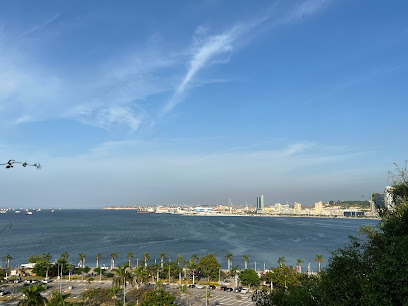
Museu da Moeda
Discover the fascinating history of currency and economic evolution at the Museu da Moeda in Luanda, a must-visit for culture enthusiasts.
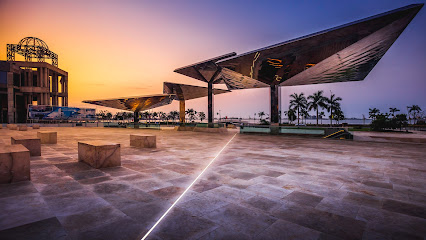
Church of Carmo
Discover the architectural beauty and rich history of the Church of Carmo, a significant Catholic landmark in the heart of Luanda, Angola.
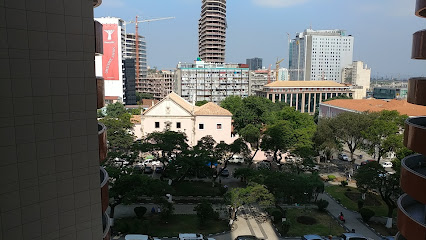
Lighthouse Island
Explore the captivating Lighthouse Island in Luanda, where history meets stunning coastal beauty, perfect for relaxing and scenic adventures.
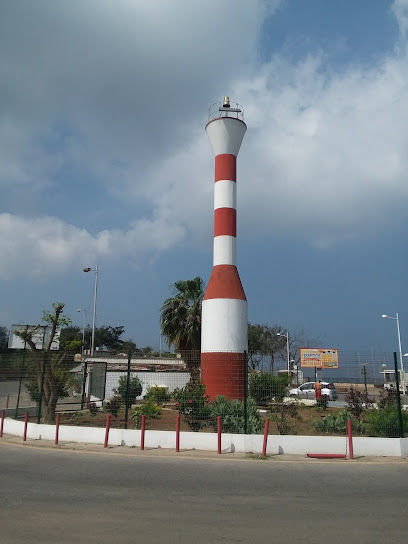
Church of Our Lady of Remedies
Explore the serene Church of Our Lady of Remedies in Luanda, a striking blend of architectural beauty and cultural significance, perfect for every tourist.
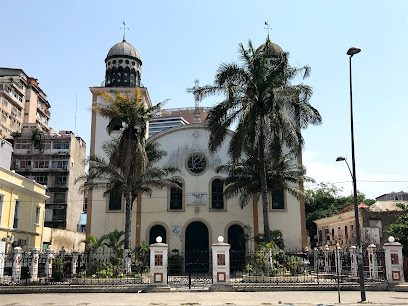
National Museum of Anthropology
Discover Angola's vibrant history and cultural diversity at the National Museum of Anthropology in Luanda, a must-visit for cultural enthusiasts.
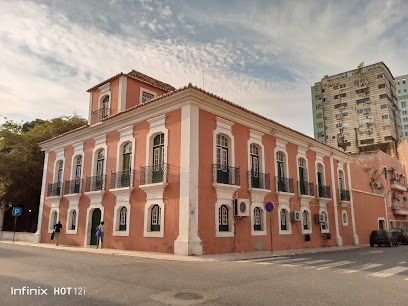
Largo Environment
Experience the thrill and excitement of Largo Environment, Luanda's premier amusement park, perfect for family fun and unforgettable memories.
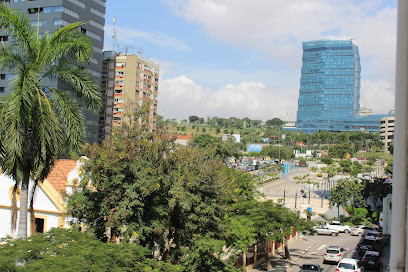
Monumento O Soldado desconhecido
Discover the rich history of Angola at the Monumento O Soldado Desconhecido, a powerful tribute to the country's brave unknown soldiers.
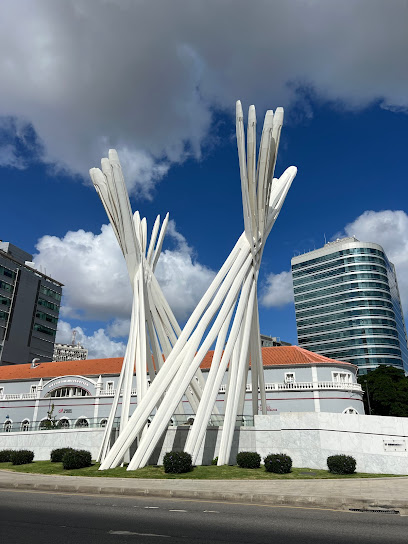
Orla de Luanda
Discover the vibrant waterfront of Orla de Luanda, where culture meets stunning coastal views in Angola's bustling capital.

Observatório Meteorológico
Explore the Observatório Meteorológico in Luanda, a historical landmark showcasing Angola's commitment to meteorological science and architectural beauty.

antigo beleneses de Luanda
Discover the cinematic heritage of Angola at Antigo Beleneses de Luanda, a historic movie theater blending nostalgia with modern entertainment.

Sino da Paz
Discover the historical significance and beauty of Sino da Paz in Luanda, a landmark that reflects Angola's rich cultural heritage.
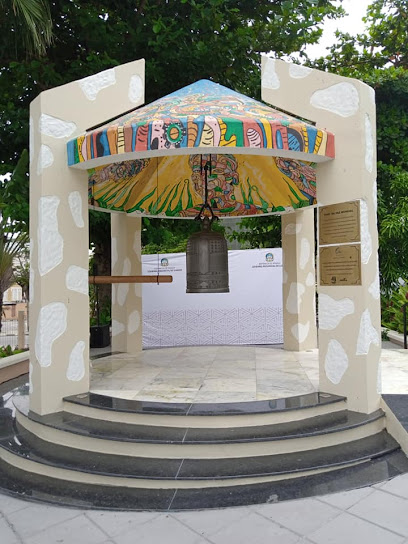
Rua dos Coqueiros
Explore the vibrant history and culture of Rua dos Coqueiros in Luanda, a historical landmark rich in stories and local flavor.

Largo Maianga
Experience the vibrant culture and community of Luanda at Largo Maianga, the heart of Angola's capital city.

Largo da Ingombota
Discover the cultural heart of Luanda at Largo da Ingombota, a vibrant town square filled with local flavors, lively performances, and unique shopping experiences.

Unmissable attractions to see
Ilha de Luanda
Discover Ilha de Luanda: A stunning blend of beaches, culture, and vibrant nightlife in the heart of Angola's capital.
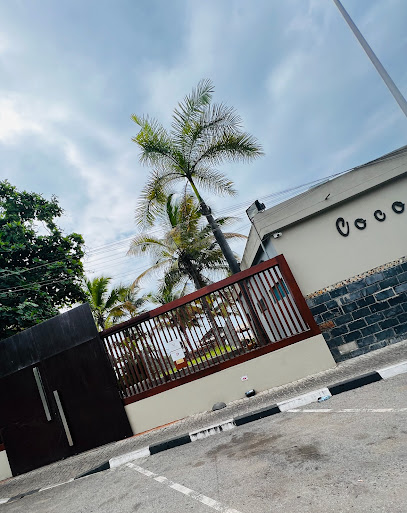
Palacio de Ferro
Explore the stunning Palacio de Ferro in Luanda, an architectural masterpiece reflecting Angola's rich cultural heritage and history.
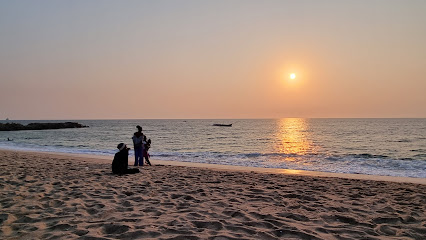
Floresta da Ilha de Luanda
Explore the tranquil beauty of Floresta da Ilha de Luanda, a national forest offering a lush retreat in the heart of Angola's vibrant capital.
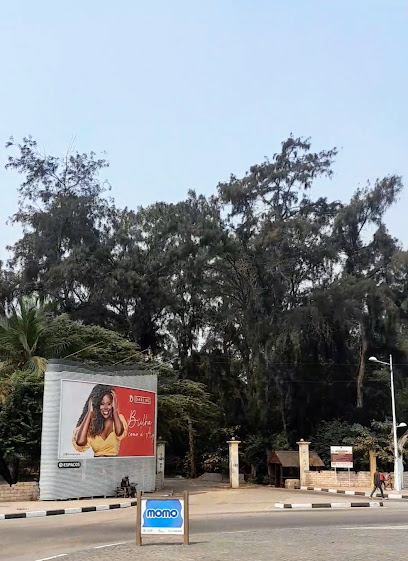
Praia dos 2 _ Estrela Borges
Discover the tranquil beauty of Praia dos 2 - Estrela Borges, a hidden gem in Luanda, perfect for relaxation and breathtaking sunsets.
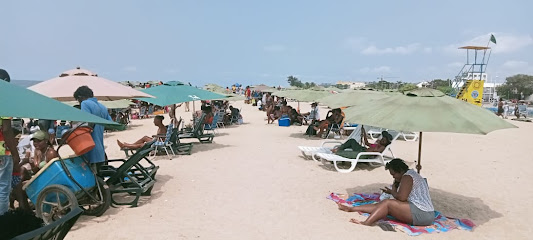
NOSSA GINGA
Immerse yourself in the vibrant culture and artistry of Angola at Nossa Ginga, a must-visit tourist attraction in Luanda, showcasing local heritage.

Orla de Luanda
Discover the beauty and vibrancy of Orla de Luanda, a picturesque waterfront promenade in the heart of Angola's capital, offering culture, cuisine, and stunning views.

Espaços Billboard Outdoor publicitário (Maianga)
Explore the colorful and artistic Espaços Billboard in Maianga, Luanda, an outdoor advertising experience that reflects Angola's vibrant culture and creativity.

Praia
Experience the beauty and vibrant culture of Praia, Luanda's stunning coastal attraction with golden beaches and rich Angolan heritage.

Essential places to dine
Miami Beach
Discover Miami Beach: A culinary hotspot in Luanda offering vibrant flavors and an unforgettable dining experience.
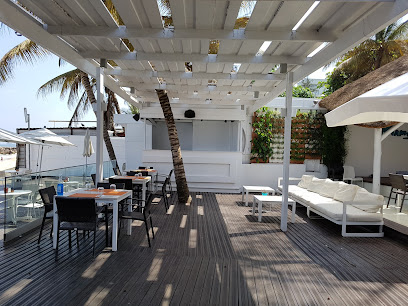
Al-Amir Restaurant
Experience authentic Lebanese cuisine at Al-Amir Restaurant in Luanda – where every dish tells a story of flavor.
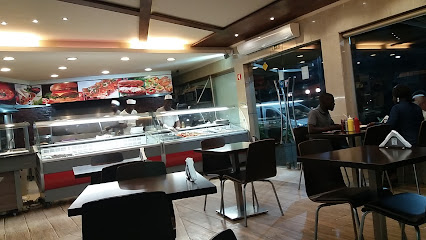
JUnKEMBO
Experience the rich culinary heritage of Angola at JUnKEMBO – where vibrant flavors meet warm hospitality in Luanda.
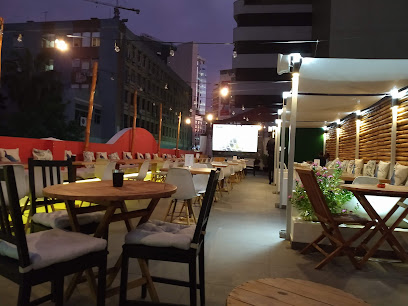
O Toscano Restaurante
Experience the authentic taste of Angola at O Toscano Restaurante in Luanda – where tradition meets modern dining.
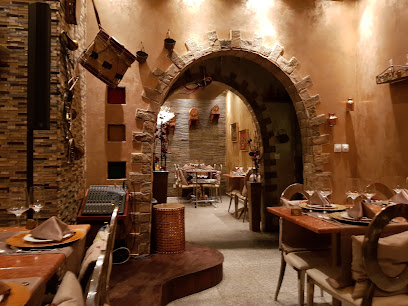
Sizzling
Experience the vibrant taste of India at Sizzling - where authentic flavors meet modern dining in Ingombota.
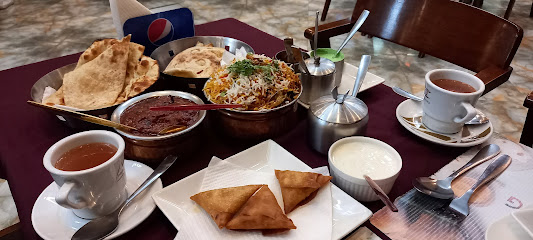
Restaurante Bico do Sapato
Experience authentic Angolan cuisine at Restaurante Bico do Sapato – where every meal is a celebration of flavor in Luanda.
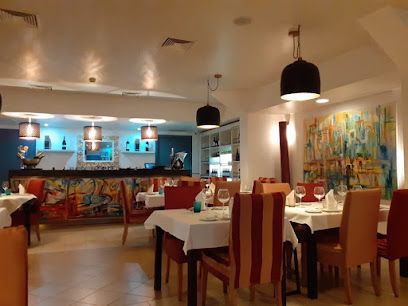
Vitrúvio
Experience authentic Italian cuisine at Vitrúvio in Luanda, where family-friendly dining meets exquisite flavors.
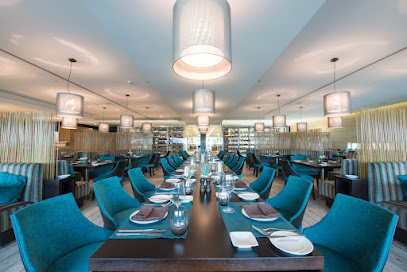
Nikki's House Restaurant
Experience the rich flavors and vibrant atmosphere at Nikki's House Restaurant in Luanda - A culinary gem that showcases Angola's best cuisine.
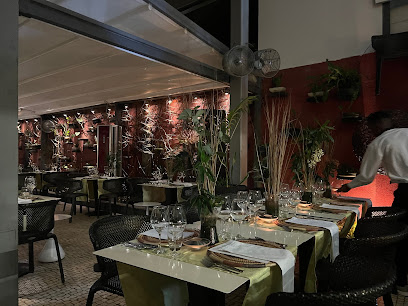
A Gruta Lda
Discover the exquisite flavors of Asia at A Gruta Lda in Luanda - where culinary tradition meets modern dining.
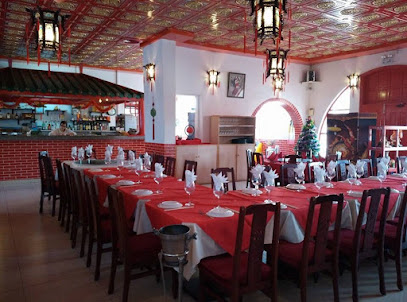
Otto Luanda
Experience authentic Italian flavors at Otto Luanda – where every dish tells a story of tradition and passion.
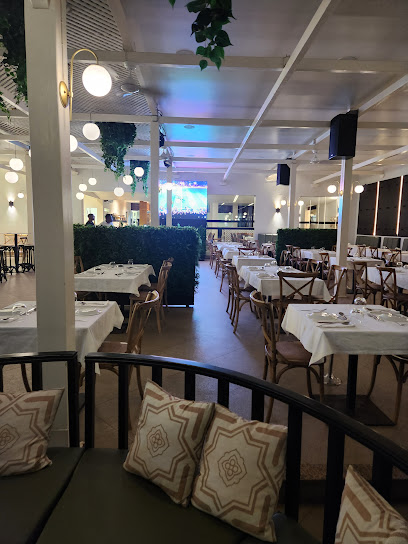
Restaurante A FIGUEIRA
Experience the essence of Angolan culture through delicious dishes at Restaurante A FIGUEIRA in Luanda.
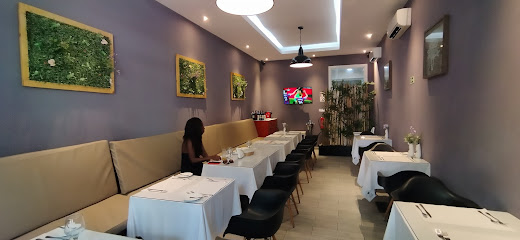
RESTAURANTE GIMBOA
Discover the essence of Angola at Restaurante Gimboa—where authentic flavors meet warm hospitality in Luanda's vibrant dining scene.

Everest Restaurant
Discover authentic Angolan flavors at Everest Restaurant in Luanda – where culinary tradition meets modern dining.
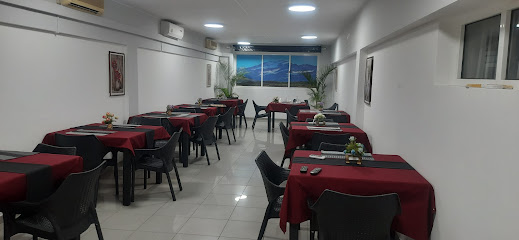
Restaurante
Discover authentic Angolan cuisine at Restaurante in Luanda - where every dish tells a story.
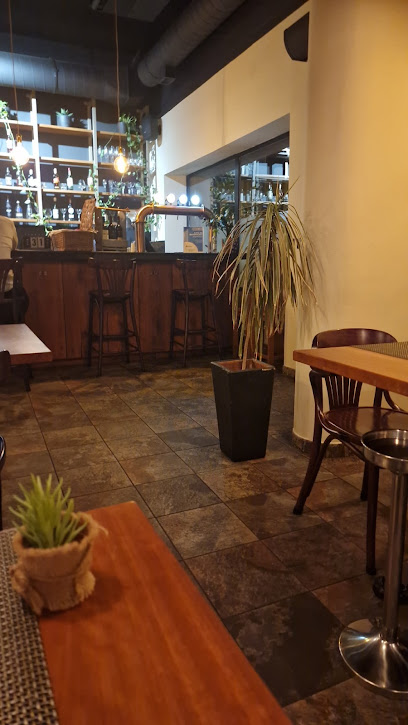
Markets, malls and hidden boutiques
Good Things Store
Explore authentic Angolan crafts and flavors at Good Things Store, the premier shopping destination in Luanda, blending local culture with international flair.

Quesste
Discover the latest trends and local styles at Quesste, Luanda's premier clothing store nestled between top hotels.

Angola Store
Explore the vibrant culture of Angola through authentic crafts and unique souvenirs at the Angola Store in Luanda, a must-visit for every traveler.

Gare (SU)
Explore stylish outerwear at Gare (SU) in Luanda, a boutique that captures the essence of Angolan fashion with a modern twist.

Mayoral
Explore the heart of Luanda at Mayoral Gift Shop, where unique Angolan treasures await every traveler.

Deodoro RJ
Explore Deodoro RJ in Luanda for unique gifts and authentic Angolan crafts that capture the spirit of your travels.

Boutique Cecilia
Discover Boutique Cecilia in Luanda for unique local crafts and fashion, a true reflection of Angolan culture and artistry.

aman
Explore the vibrant fashion scene of Luanda at Aman, where traditional craftsmanship meets contemporary style in a unique clothing store experience.

pandasfashion
Explore unique Angolan fashion at Pandas Fashion Boutique in Luanda, where local artistry meets contemporary style.

Mundo da Aline
Explore the vibrant world of Angolan crafts and souvenirs at Mundo da Aline, a gift shop that embodies the spirit of Luanda.

Essential bars & hidden hideouts
BAR BAR
Experience the vibrant nightlife of Luanda at BAR BAR, where local flavors and international drinks come together in an inviting atmosphere.

Luanda Bar
Experience the vibrant atmosphere and local flavors at Luanda Bar, a popular café and bar in the heart of Luanda, Angola.
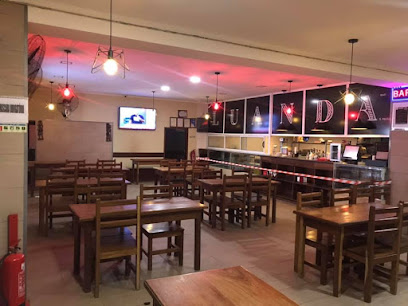
Lokanda do Cruzeiro
Experience the rich flavors of Angolan wines at Lokanda do Cruzeiro, a charming wine bar in the heart of Luanda, perfect for relaxation.

Gin Bar
Discover Luanda's finest gin bar, where an exquisite selection of artisanal gins meets a vibrant atmosphere for unforgettable nights.
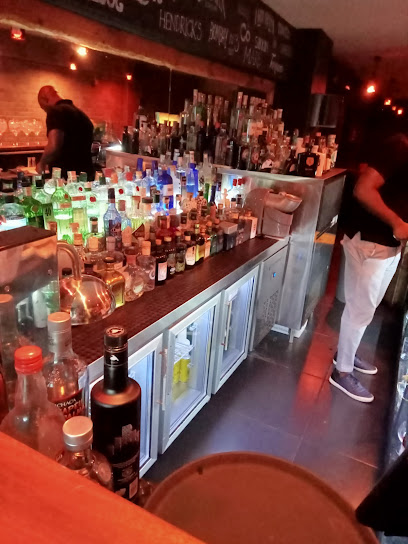
Missanga Beach Bar
Experience the vibrant atmosphere of Missanga Beach Bar in Luanda, where local flavors and breathtaking views meet for an unforgettable coastal escape.
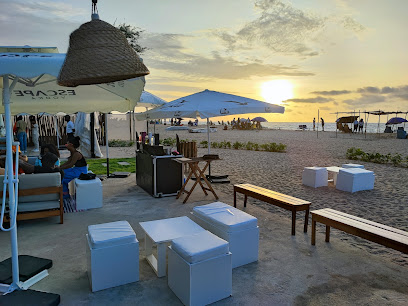
Spot Lounge
Discover the lively Spot Lounge in Luanda, a vibrant bar offering a mix of local and international drinks in a stylish atmosphere.
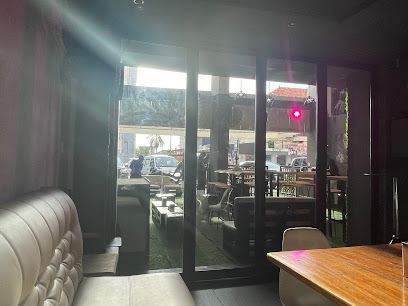
Bossa Nova Bar
Experience the vibrant nightlife of Luanda at Bossa Nova Bar, a cultural hub for locals and tourists alike.
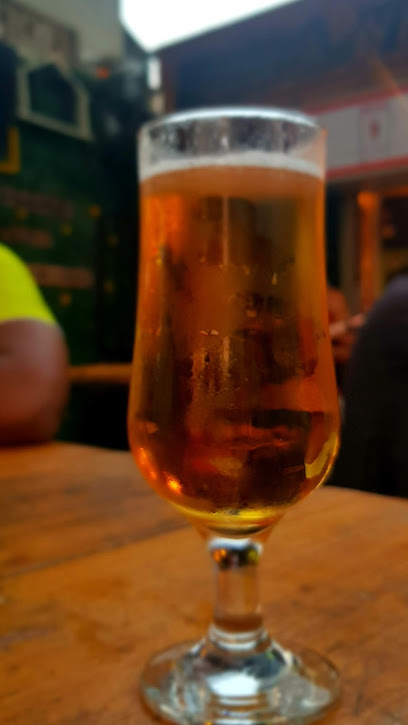
Lïve - Waterfront Bar & Club
Discover the vibrant nightlife of Luanda at Lïve - Waterfront Bar & Club, where stunning views meet a lively atmosphere for an unforgettable experience.
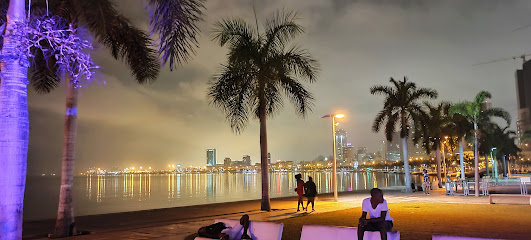
Bar da Dipanda
Experience the vibrant nightlife of Luanda at Bar da Dipanda, where local culture meets lively conversations and unforgettable drinks.
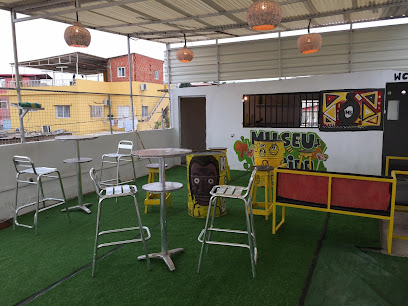
Bar Kaputo
Discover the vibrant nightlife and unique flavors at Bar Kaputo, a must-visit bar in Luanda's Ingombota district.
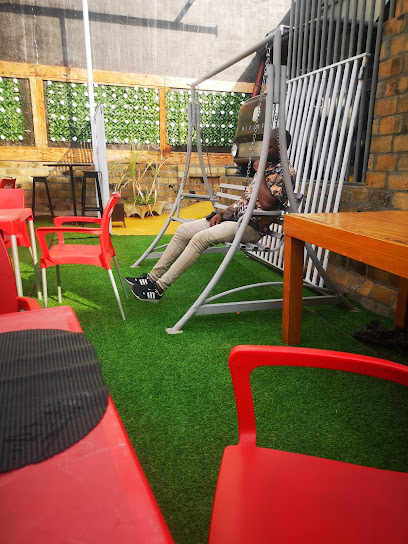
nosso bar
Experience the vibrant nightlife and local flavors at Nosso Bar, the heart of Luanda's social scene, where every sip tells a story.

Tailor Bar Luanda
Discover the vibrant nightlife of Luanda at Tailor Bar, where lively atmosphere and diverse drinks await in the heart of the city.
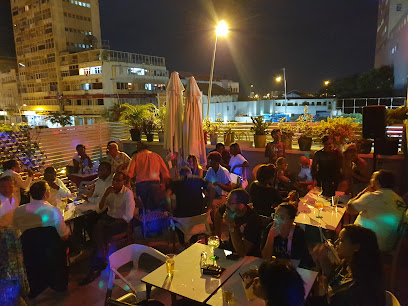
Music Box Bar
Discover Music Box Bar in Luanda - Your ultimate cocktail destination where vibrant atmosphere meets exquisite drinks and local nightlife.
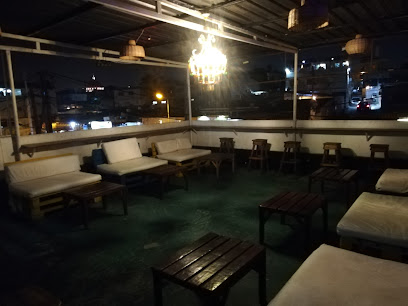
Kibaula Lounge Bar
Experience the vibrant ambiance of Kibaula Lounge Bar in Luanda, where music, drinks, and camaraderie create unforgettable nights.

Local Phrases
-
- HelloOlá
[oh-lah] - GoodbyeAdeus
[ah-deh-oos] - YesSim
[seem] - NoNão
[now] - Please/You're welcomePor favor/De nada
[por fah-vohr/deh nah-dah] - Thank youObrigado
[oh-bree-gah-doo] - Excuse me/SorryCom licença/Desculpe
[kohm lee-sehn-sah/dehs-kool-peh] - How are you?Como está?
[koh-moh ehs-tah] - Fine. And you?Bem. E você?
[behn/eh voh-seh] - Do you speak English?Fala inglês?
[fah-lah een-glehs] - I don't understandNão entendo
[now ehn-tehn-doo]
- HelloOlá
-
- I'd like to see the menu, pleaseGostaria de ver o menu, por favor
[goh-stah-ree-ah deh vehr ooh meh-noo/por fah-vohr] - I don't eat meatNão como carne
[now koh-moo kahr-neh] - Cheers!Saúde!
[sow-deh] - I would like to pay, pleaseGostaria de pagar, por favor
[goh-stah-ree-ah deh pah-gahr/por fah-vohr]
- I'd like to see the menu, pleaseGostaria de ver o menu, por favor
-
- Help!Socorro!
[soh-koh-roh] - Go away!Vai embora!
[vah-ee ehm-boh-rah] - Call the Police!Chame a Polícia!
[shah-meh ah poh-lee-see-ah] - Call a doctor!Chame um médico!
[shah-meh oom meh-dee-koh] - I'm lostEstou perdido
[ehs-toh pehr-dee-doo] - I'm illEstou doente
[ehs-toh doo-ehn-teh]
- Help!Socorro!
-
- I'd like to buy...Gostaria de comprar...
[goh-stah-ree-ah deh kohm-prahr] - I'm just lookingEstou só a ver
[ehs-toh soh ah vehr] - How much is it?Quanto custa?
[kwahn-tooh koo-stah] - That's too expensiveIsso é muito caro
[ee-soh eh moo-ee-tooh kah-roo] - Can you lower the price?Pode baixar o preço?
[poh-deh bahy-shahr ooh preh-soh]
- I'd like to buy...Gostaria de comprar...
-
- What time is it?Que horas são?
[keh oh-rahz sow] - It's one o'clockÉ uma hora
[eh oo-mah oh-rah] - Half past (10)Meia hora (10)
[may-ah oh-rah (dee-ehs)] - MorningManhã
[mah-nyah] - AfternoonTarde
[tahr-deh] - EveningNoite
[noy-teh] - YesterdayOntem
[ohn-tehm] - TodayHoje
[oh-jee] - TomorrowAmanhã
[ah-mah-nyah] - 1Um
[oom] - 2Dois
[doh-eesh] - 3Três
[trehsh] - 4Quatro
[kwah-troh] - 5Cinco
[seen-koo] - 6Seis
[saysh] - 7Sete
[seh-teh] - 8Oito
[oy-toh] - 9Nove
[noh-veh] - 10Dez
[dehsh]
- What time is it?Que horas são?
-
- Where's a/the...?Onde fica o/a...?
[ohn-deh fee-kah ooh/ah] - What's the address?Qual é o endereço?
[kwahl eh ooh ehn-deh-reh-soh] - Can you show me (on the map)?Pode mostrar-me (no mapa)?
[poh-deh mohs-trahr-meh/noh mah-pah] - When's the next (bus)?Quando é o próximo (autocarro)?
[kwahn-doo eh ooh proh-ksee-moh/ow-toh-kah-roo] - A ticket (to ....)Um bilhete (para ...)
[oom bee-yeh-teh/pah-rah]
- Where's a/the...?Onde fica o/a...?
History of Ingombota
-
Ingombota, located in the heart of Luanda, has its roots deeply embedded in the colonial history of Angola. Founded in the late 16th century, Luanda became a key trading post for the Portuguese Empire. Ingombota served as an important area for commerce and administration, reflecting colonial architecture and urban planning that characterized the period. The neighborhood's layout and buildings still echo the influence of Portuguese colonial design.
-
Throughout the 19th and early 20th centuries, Ingombota emerged as a cultural melting pot. The neighborhood attracted various ethnic groups, including the Mbundu, Kwanza, and Bakongo peoples, as well as Portuguese settlers. This diverse demographic composition fostered a rich blend of traditions, languages, and customs, which can be seen in local festivals, music, and culinary practices that continue to thrive today.
-
Ingombota played a significant role during the Angolan War of Independence (1961-1975). The neighborhood served as a meeting point for revolutionary groups and activists fighting against Portuguese colonial rule. The struggle for independence was marked by significant events in Ingombota, where rallies and protests were organized, highlighting the neighborhood's importance as a center of political mobilization and resistance.
-
After Angola gained independence in 1975, Ingombota underwent significant transformations. The area faced challenges due to the civil war that followed independence, leading to urban decay and population displacement. However, in the years following the war's end in 2002, Ingombota has seen a resurgence in development, with efforts to renovate historic buildings, improve infrastructure, and promote local culture, reflecting the resilience of its community.
-
Today, Ingombota is known for its vibrant cultural scene, blending traditional Angolan arts with contemporary influences. The neighborhood hosts several cultural events, art galleries, and music festivals that celebrate its rich heritage. Landmarks such as the Museu da Escravatura (Museum of Slavery) and the iconic Igreja de Nossa Senhora da Conceição are key attractions that draw both locals and tourists, showcasing Ingombota's historical significance and ongoing cultural evolution.
Ingombota Essentials
-
Ingombota is centrally located in Luanda, making it accessible from various neighborhoods. From the international airport (Quatro de Fevereiro), taxis and ride-hailing services like Uber are available, taking approximately 20-30 minutes depending on traffic. If you're coming from other neighborhoods such as Maianga or Mutamba, local minibuses (known as 'candongue') can be a budget-friendly option, though they may be crowded.
-
Ingombota is a walkable neighborhood, with many attractions, shops, and restaurants within close proximity. For longer distances, you can use the local taxi services or ride-hailing apps. Public buses are available, but they can be less reliable. Bicycles are not commonly used for transportation in the area, but walking is a great way to soak up the local atmosphere.
-
Ingombota is relatively safe during the day, but caution is advised, especially at night. Tourists should avoid areas known for higher crime rates, such as certain parts of central Luanda after dark. Petty crime, such as pickpocketing, can occur in crowded areas, so be vigilant with your belongings and avoid displaying valuable items.
-
In case of an emergency, dial 113 for police assistance and 222 for medical emergencies. It's advisable to carry a local SIM card for easy access to emergency services. Familiarize yourself with the locations of nearby hospitals or clinics, and ensure that your travel insurance covers medical emergencies.
-
Fashion: Do dress modestly; it’s respectful to wear clothing that covers shoulders and knees, especially when visiting religious sites. Religion: Do respect local customs; always ask before taking photos in religious spaces. Public Transport: Do give your seat to the elderly and pregnant women. Don’t engage in loud conversations or displays of affection in public transport. Greetings: Do greet locals with a friendly 'Bom Dia' and a smile. Eating & Drinking: Do try local dishes like moamba de galinha; don’t refuse food offerings, as it is considered impolite.
-
To experience Ingombota like a local, visit the local markets for fresh produce and artisanal goods. Engage with local vendors, as they often provide insights into the culture and history of the area. Attend community events or visit local cafes to immerse yourself in the vibrant social scene. Don't hesitate to ask locals for recommendations on hidden gems that may not be in tourist guides.
-
Respect for elders is highly valued in Angolan culture. When meeting someone, it’s polite to greet the oldest person first. When visiting homes, it’s customary to bring a small gift, such as fruit or sweets. Be mindful of local customs surrounding dining; it is common to eat with your hands, especially for traditional dishes.
-
The official language in Angola is Portuguese. While some locals may speak English, especially in tourist areas, learning a few basic Portuguese phrases can enhance your experience and endear you to the locals. Common phrases include 'Obrigado' (thank you) and 'Por favor' (please).
Trending Landmarks in Ingombota
-
Fortaleza de São Miguel
-
Museu da Moeda
-
Church of Carmo
-
Lighthouse Island
-
Church of Our Lady of Remedies
-
National Museum of Anthropology
-
Largo Environment
-
Monumento O Soldado desconhecido
-
Orla de Luanda
-
Observatório Meteorológico
-
antigo beleneses de Luanda
-
Sino da Paz
-
Rua dos Coqueiros
-
Largo Maianga
-
Largo da Ingombota
Nearby Cities to Ingombota
-
Things To Do in Uíge
-
Things To Do in Cabinda
-
Things To Do in Lambaréné
-
Things To Do in Ongwediva
-
Things To Do in Oshakati
-
Things To Do in Libreville
-
Things To Do in Etosha Village
-
Things To Do in Mbini
-
Things To Do in Bitam
-
Things To Do in Rundu
-
Things To Do in Angolares
-
Things To Do in Ribeira Afonso
-
Things To Do in Trindade
-
Things To Do in Sao Tome City
-
Things To Do in Tsumeb










